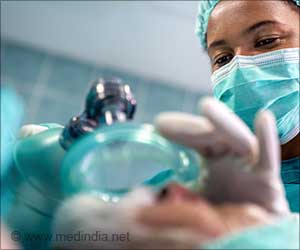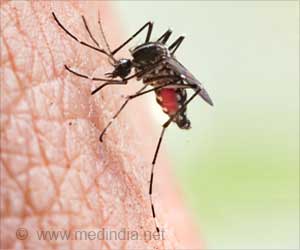Financial crisis and bailout plans are hogging the headlines the world over. But nobody spares a thought for the dryland farmer, perhaps the worst affected because of the burgeoning food crisis.
Financial crisis and bailout plans are hogging the headlines the world over. But nobody spares a thought for the dryland farmer, perhaps the worst affected because of the burgeoning food crisis, regrets an expert with long experience in dryland farming.
As of July 2008, the world population is estimated to be 6.6 billion. A staggering one billion of these are utterly poor people, most of whom live in the dryland areas of the world, points out Dr William Dar, Director General of the International Crops Research Institute for the Semi-Arid Tropics (ICRISAT).When seen in conjunction with the present day food crisis and unabated rise in food prices who, more than the poor, has a right to substantial assistance from governments? he wants to know.
Working over decades with poor farmers in the drylands of Asia and sub-Saharan Africa, ICRISAT believes that it is essential to strengthen the resource base and incomes of the poor farmers. Dr Dar said in a statement, "These farmers are the backbone of any economy, and if their conditions are not improved, the economy will suffer adverse impacts that will be difficult to repair."
There is much that governments can do to support these farmers, Dr Dar said. In addition to financial support, there is need for supportive policies, improved infrastructure, improved access to better quality seeds and inputs, irrigation support, and support for establishing more effective institutions.
Poor farmers, especially those in the drylands, are suffering from the lack of governmental support. Cutting-edge agricultural research can achieve substantial improvements in crop yields and farmers' income. So it falls to reason that agricultural research itself should be supported better through government funds.
"It is worth mentioning that less than 10% of public spending in developing countries goes to agriculture even though this sector commonly accounts for about half of their Gross Domestic Product. And less than 1% of public spending goes to agricultural research; research that is vital to the innovation that opens new livelihood opportunities," Dr Dar said.
Advertisement
ICRISAT is working at different levels and is adopting innovative strategies to pursue its vision of improving the well-being of the poor of the semi-arid tropics in Asia and Sub-Saharan Africa (SSA). Its mission is to help reduce poverty, enhance food and nutritional security and protect the environment of the semi-arid tropics, Dar said.
The methods used by ICRISAT for improving crop productivity and increasing farmers' income are: integrated genetic and natural resource management; development and use of effective agri-biotechnological tools; agro-ecosystem development and management; research on markets, policies and institutions; development of effective public-private-people partnerships; and the development of a pro-poor biofuel package that provides for food, fuel and feed security.
Advertisement
Source-Medindia
GPL/M








